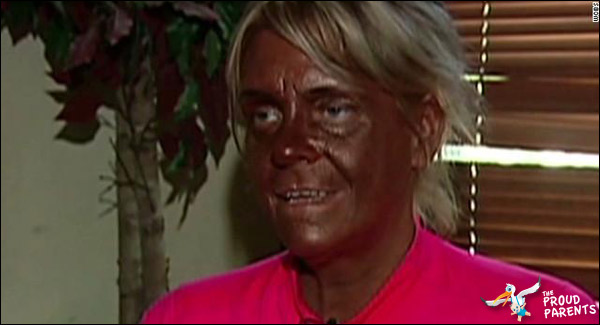Export an After Effects project as an Adobe Premiere Pro project; Converting movies; Automated rendering and network rendering; Rendering and exporting still images and still-image sequences; Using the GoPro CineForm codec in After Effects; Working with other applications. Dynamic Link and After Effects; Working with After Effects and other. Parenting in Adobe After Effects In today’s tutorial we will take a closer look at another very important basic technique available in Adobe After Effects: parenting. Parenting is used to link one or more layers to a single parent layer. Moving, scaling or rotating the parent layer will then automatically affect all of its children. I can not find the icon for the parenting tool anymore so now I can't connect anything. Can anyone show me how I could get that back because I want to do motion tracking and I can't anymore. I don't know everything about after effects so I need some help. Decreased contact affects the parent-child bond and according to a paper published in 2014, researchers have found many children feel less close to their fathers after divorce. 3 Divorce also affects a child’s relationship with the custodial parent—most often mothers.
How to parent objects in After Effects
Using parenting in After Effects allows you to group individual layers together as one unit and move them together. This means that if you apply transformations such as position or rotation, they will also be applied to any layer you specify as a child to a parented layer. This can be used to setup interesting layer combinations. One thing to note though is that opacity and effects cannot be parented – if you want these to follow the child layers, you'll have to do them manually.

We begin with our layers in the layer and timeline panel.
Â
First we'll make sure the Parenting option is available in the timeline panel by clicking the Toggle switches/Modes button at the bottom or right-clicking the top of the timeline panel and checking the Parent option from this menu.
Â

This will open up a Parenting column in our timeline panel. This can be dragged to adjust the size of the column  as well by clicking the sides of the timeline and dragging left or right. To demonstrate basic parenting in After Effects, we'll adjust the Position, Scale and Rotation properties for one of our ball layers. Say we want to parent the Sports_icon layer so that it acts as a child to the Rattan (wooden ball) layer. This means that any transformations we make to the Wooden ball will also be applied to the Sports_icon layer. To do this we'll select the Parent dropdown menu from beside the Sports_icon layer and select the Rattan layer, thus effectively setting the Sports_icon layer as the child.
Â
Next we'll adjust some properties in the timeline panel for the Rattan wooden ball and as we do, the effects will also transform the Sports_icon layer since it's parented to the wooden ball.
Parent Mask After Effects
 Â

But notice if we adjust the properties for the Sports_icon child layer, the master Parent layer itself does not get effected. This can be a creative way to use parenting in your own compositions as you can have multiple layers acting as children to one layer and then adjust each individually. And yes, parented layers can be keyframed as well providing you with even more options.  To break a parenting bond, simply just select None from the Parent dropdown menu. Conversely, another way to parent layers together is to use the pickwhip option beside the Parenting column.
Parent Tool After Effects
Â
Keyframe Parent After Effects
Then you simply just drag the whip to the layer you want to be parented in your timeline panel. Â And what if say you want to have two layers parented but wish to adjust their properties individually? Simply just create a Null layer (Layer-New-Null Object) and parent your layers to the null layer. Null layers don't render with your final output and are invisible in the layer, so any changes you make to your real layers will remain. This can take some getting used to though so we suggest practicing setting up actual parented layers first and begin experimenting with null layers when you're more comfortable.
